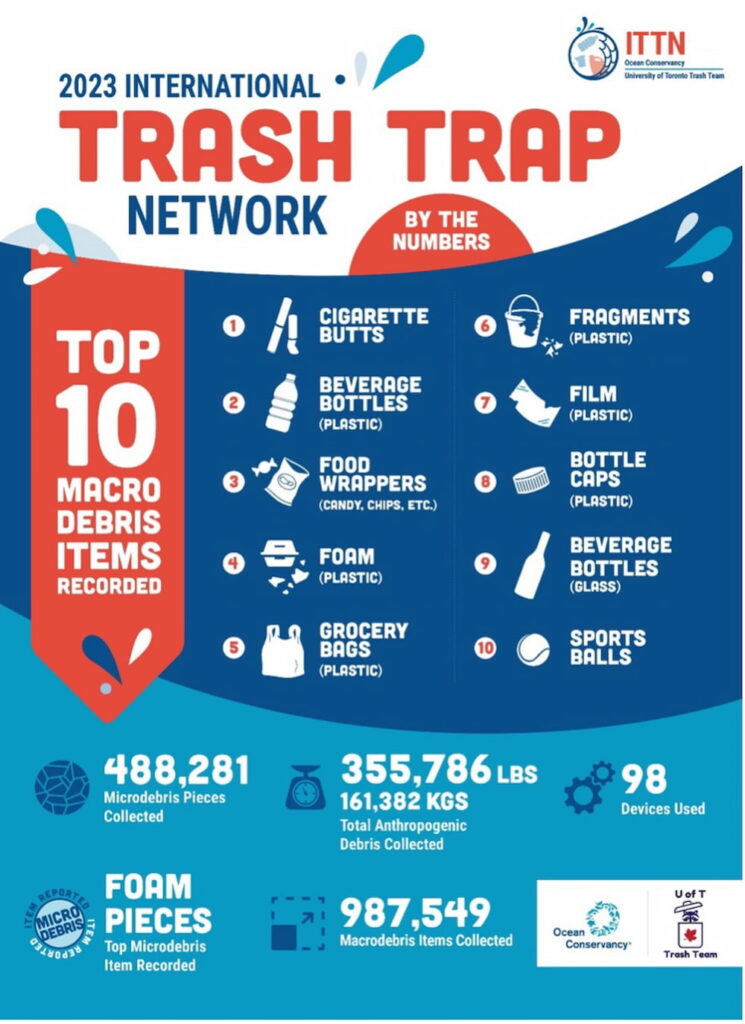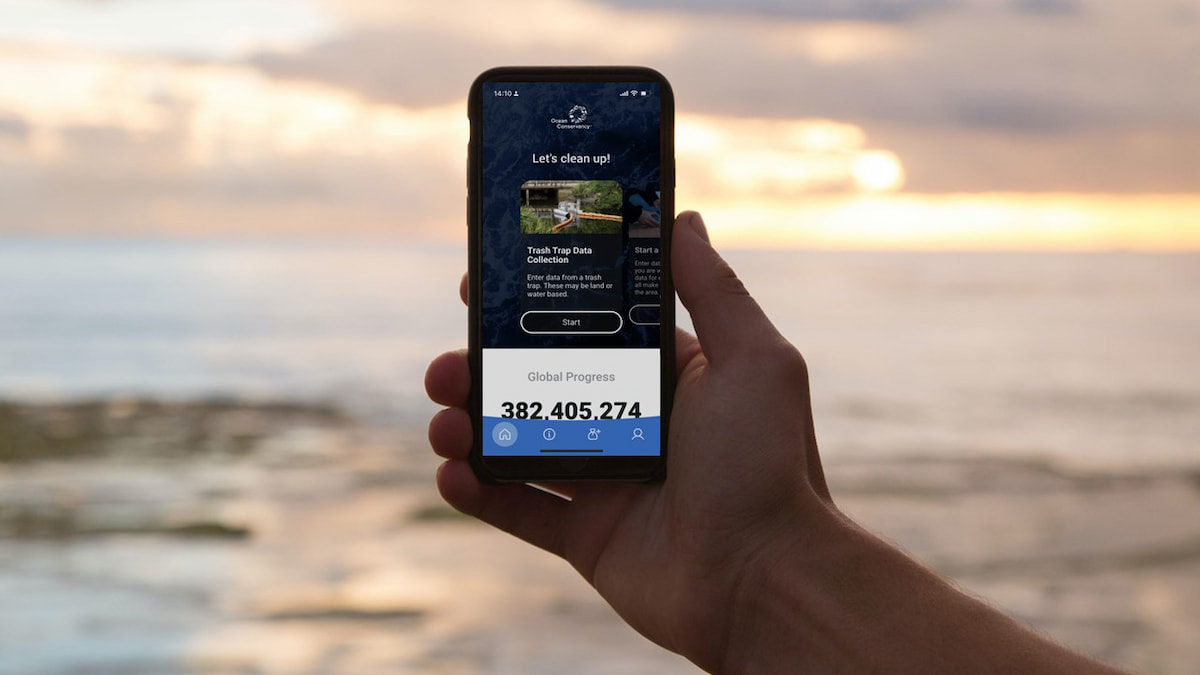This blog was written by Hannah De Frond. Hannah works with Ocean Conservancy and the University of Toronto Trash Team to coordinate the International Trash Trap Network with the goal to expand the use of trash-trapping technologies to increase cleanup efforts and to document their collective impact.
Ocean Conservancy’s Clean Swell® app makes it quick and easy to record data as part of the International Coastal Cleanup® or any beach cleanup. Now, whether you are volunteering to clean your local beach or emptying your local trash trap, you can use Clean Swell to record both types of data and instantly view it in our global cleanup database!
Never miss an update
Enter your email and never miss an update
again or contact 1.888.780.6763
var form = document.getElementById(’email-signup-66bfb0dd404da’);
form.querySelector(‘.rsform__field–email’).addEventListener(“nb:result”, e => {
var nbStatus = form.querySelector(“[name=”nb_email_status”]”);
var nbDate = form.querySelector(“[name=”nb_validation_date”]”);
var currentDate = new Date();
nbStatus.value = e.detail.result.response.result;
nbDate.value = currentDate.toISOString().split(‘T’)[0];
grecaptcha.enterprise.ready(async () => {
var tokenField = document.querySelector(“#email-signup-66bfb0dd404da [name=”token”]”);
var token = await grecaptcha.enterprise.execute(‘6Lcmr3shAAAAAAVRlvJrsUufEEQuItzNDlkpmB2g’, {action: ‘verify’});
tokenField.value = token;
});
});
<!– –>
Trash traps are technologies that clean up plastic and other trash, and they are a great addition to community cleanups. These traps work around the clock, access difficult-to-reach places and clean up tiny trash (such as pre-production plastic pellets called nurdles and smaller fragments of plastic products), all of which are tricky to collect by hand. They can also be used to monitor plastic pollution and identify local sources along our coastlines and in our waterways. Finally, trash traps also create a unique way to engage the public—who isn’t interested in learning more about a trash-eating robot?
In 2021, Ocean Conservancy and the University of Toronto Trash Team formed the International Trash Trap Network(ITTN) to increase global cleanup efforts, connect trash-trapping programs around the world and record data as part of its International Coastal Cleanup. Members of the ITTN use harmonized protocols to record data to report on our collective impact. Today, we are happy to announce we have streamlined data collection across the International Coastal Cleanup. Now, it is easier than ever to contribute to this global effort with brand new trash trap data collection available on Clean Swell.

if(typeof window.oc_media_credits === ‘undefined’) {
window.oc_media_credits = {};
}
window.oc_media_credits[75711] = “Ben Hicks”;
With new Clean Swell features for trash traps, you can—
- Record simple and detailed data: Using Clean Swell, you can record simple (weight) or detailed (weight and item count) data about your trash trap collection.
- Harmonize data reporting: When recording item counts, the macrodebris (larger than 2.5cm) categories are the same as those used for International Coastal Cleanup events. Groups using trash traps can also report data on categories of tiny trash or microdebris (smaller than 2.5 cm) collected.
- Access a global database: Your data will instantly upload to Ocean Conservancy’s global cleanup database, TIDES. Here, you can access your data at any time and share it to support research initiatives and actions tackling plastic pollution.
This data helps us track the impact of trash traps all around the world, helping to inform policy and scientific research that can power upstream solutions to reduce plastic waste before it ever reaches the trap. Here’s a look at the impact trash traps in our network had last year:

if(typeof window.oc_media_credits === ‘undefined’) {
window.oc_media_credits = {};
}
window.oc_media_credits[75110] = “Ocean Conservancy”;
Download Clean Swell via the App Store or Google Play today and watch our demo video to get started.
Have a trash trap or interested in learning more? Joining the ITTN is simple, you can download all resources from our website, connect with other network members on our Facebook Group and keep up to date on trash trapping news and events via our mailing list!
The post Measuring the Impact of Trash Traps appeared first on Ocean Conservancy.

